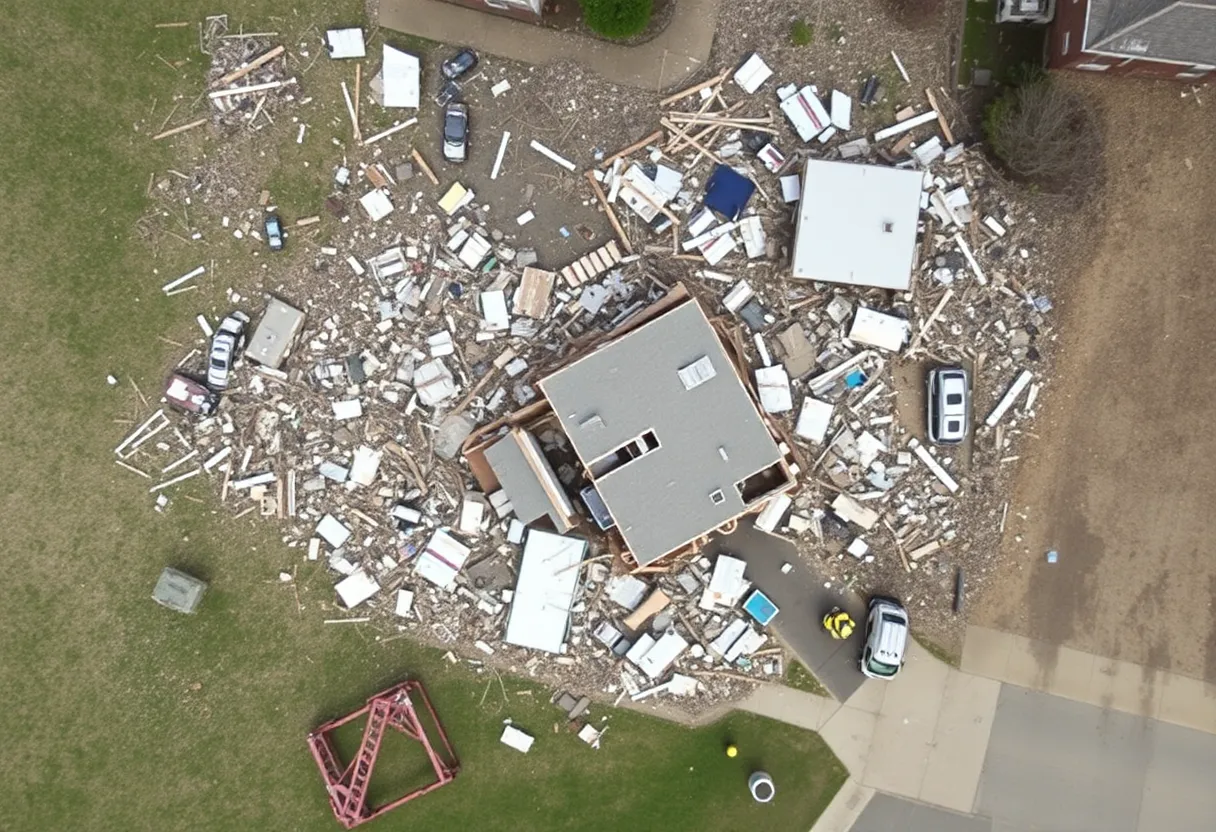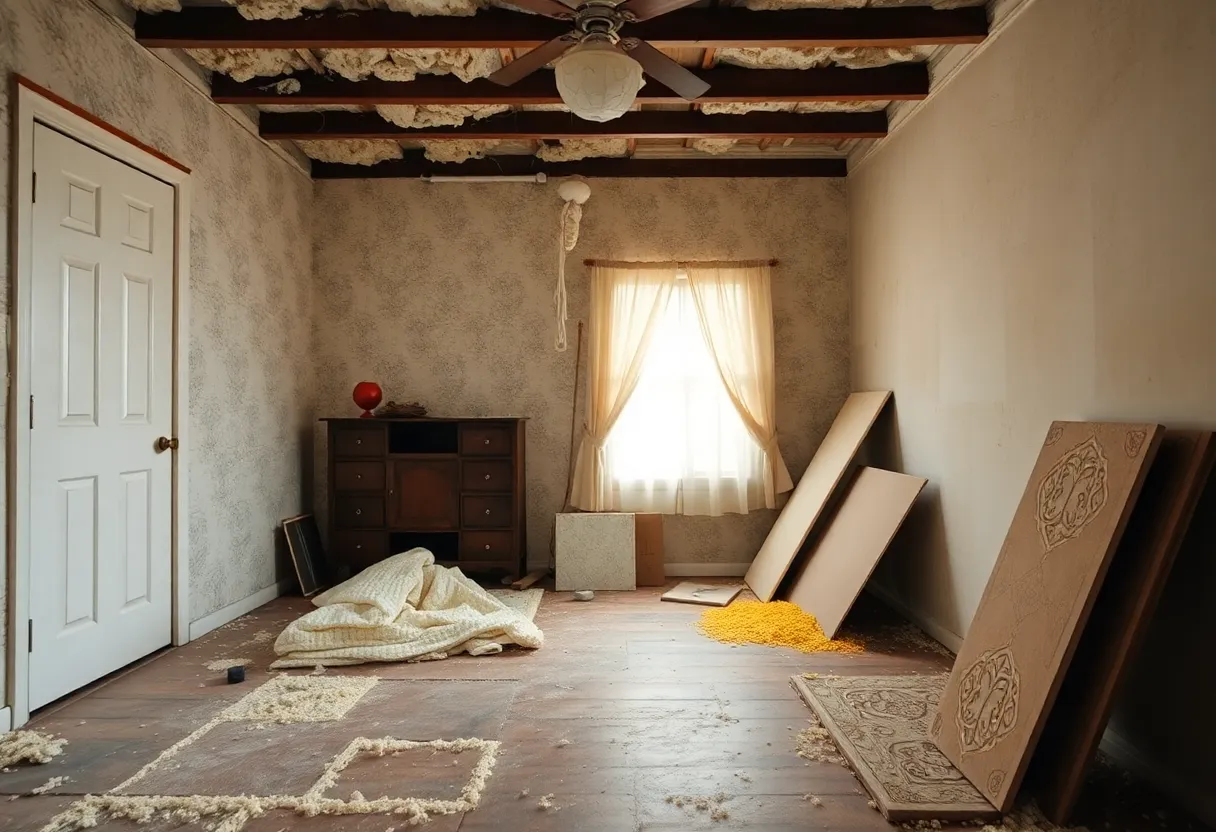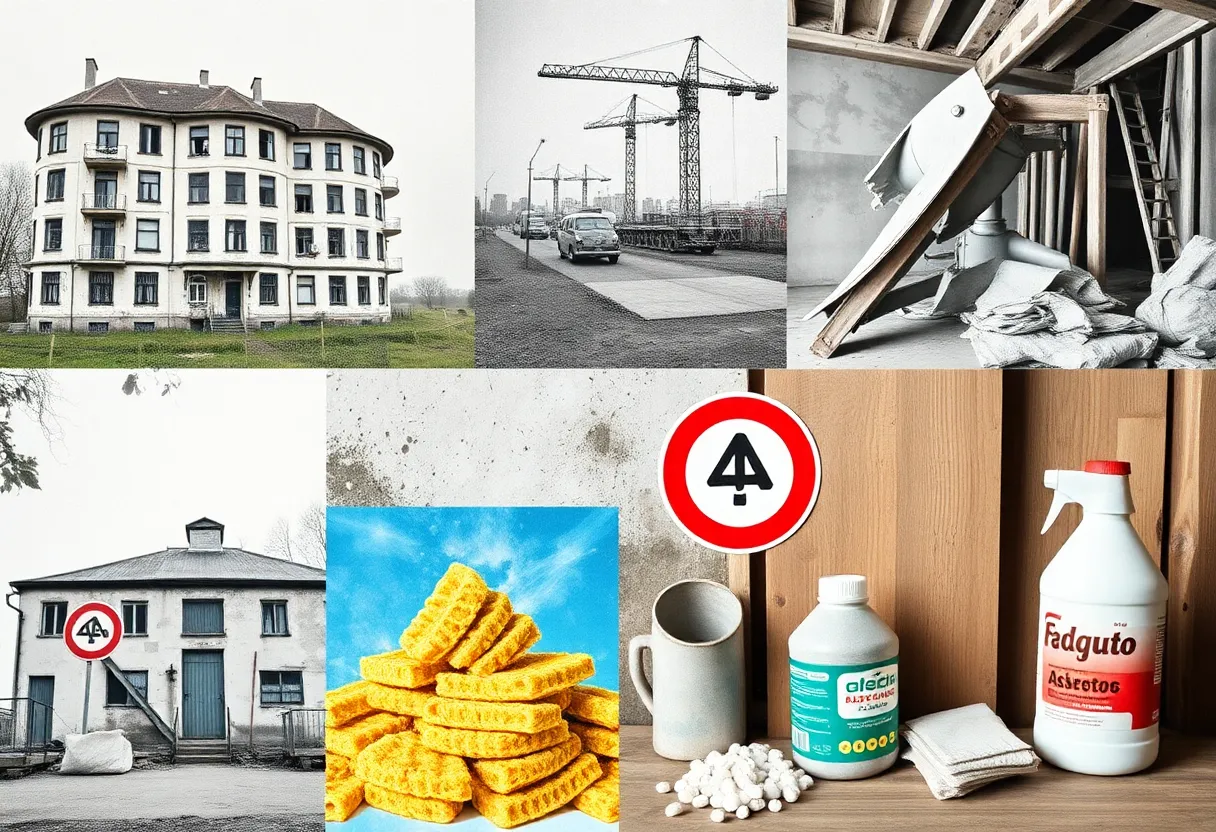News Summary
The recent tornado in St. Louis raises significant health concerns from airborne contaminants, asbestos, and long-term radioactive contamination.
Health Risks Loom in St. Louis Following Tornado Damages
The recent tornado that tore through St. Louis City on May 16 not only destroyed homes but also raised significant health concerns due to potential airborne contaminants released from damaged structures. As residents began to sift through the wreckage left behind, local city officials initiated measures to ensure community safety, distributing masks to neighborhoods heavily impacted by the storm.
Mayor Cara Spencer emphasized the urgent need for awareness regarding the health risks associated with debris from demolished buildings, including the dangerous likelihood of asbestos exposure. With many of the devastated homes exceeding 50 years in age—and some surpassing a century—there is cause for alarm. Structures built before the 1980s commonly contained asbestos and lead paint, both of which are infamous for their health hazards.
The Hidden Dangers of Aging Homes
In the wake of the tornado, warnings from health professionals have sounded alarm bells over possible lead exposure. Dr. Farzana Hoque alerted the public that buildings erected prior to 1978 pose a risk for emitting lead particles. Symptoms associated with lead poisoning include headaches, stomach cramps, nausea, vomiting, and fatigue—issues that could become prevalent as cleanup efforts unfold.
Meanwhile, Dr. Farrin Manan pointed to the significant dangers posed by asbestos, a material whose health impacts often go unnoticed for years. Exposure to asbestos has been conclusively linked to certain types of cancers, notably lung cancer, which can have a lengthy latency period before symptoms manifest.
Safety Measures for Cleanup
Residents are being urged to wear N95 masks while navigating cleanup and reconstruction sites to limit inhalation of hazardous materials. Additionally, wearing gloves while handling potentially contaminated materials is highly advisable to prevent exposure.
Tetanus, too, poses a risk during the cleanup effort. The bacteria responsible can be contracted through dirt and open wounds, highlighting the need for safety precautions even when tackling seemingly benign chores.
Mold Risks in the Aftermath
The Midwest environment is also conducive to various types of mold, such as histoplasmosis and blastomycosis, which can flourish during the cleanup and pose respiratory threats to residents. Vigilance regarding these health risks is paramount as communities engage in recovery efforts.
Concerns Over Contamination from Historical Activities
In addition to the immediate risks posed by the tornado, there are long-standing concerns about radioactive contamination in the St. Louis area. The Missouri House has recently approved a bill facilitating deeper investigations into this contamination. The legislation empowers the Department of Natural Resources to pursue search warrants on government lands without the previous funding cap, enhancing efforts to uncover potential radioactive waste—leftover from the Manhattan Project in downtown St. Louis.
Radioactive Waste and Cleanup Efforts
Historical uranium refinement has resulted in long-term radioactive exposure for residents, with dumped waste found both at the airport and in Coldwater Creek. This ongoing situation has bolstered cancer risk among the local populace and spurred further investigations. The Environmental Protection Agency (EPA) is actively working on cleanup projects for both Coldwater Creek and the West Lake Landfill, with costs approaching an alarming $400 million.
Moreover, concerns relating to the Bridgeton Landfill have arisen, particularly with its ongoing subsurface smoldering event, which raises fears of a potential conflagration reaching radioactive waste in the adjacent areas. Recent investigations have revealed that federal agencies may have known about contamination risks far earlier than they communicated to the public, further deepening the community’s distrust.
The Future of Environmental Safety in St. Louis
The West Lake Landfill’s future also hangs in the balance as new contamination zones have emerged, complicating cleanup efforts. Federal research continues to explore the long-term effects of PFAS (per- and polyfluoroalkyl substances), which have been detected in local wastewater systems and pose additional human health threats.
Support for improved wastewater management is on the horizon as funding becomes available for the construction of necessary treatment systems, including a granular activated carbon pretreatment system for leachate at the Prospect Hill Landfill, further showcasing the intertwined difficulties that residents face in securing a safe living environment.
As recovery unfolds, residents of St. Louis are reminded to remain vigilant, aware of both the immediate and long-term health threats in their community.
Deeper Dive: News & Info About This Topic
HERE Resources
Mesothelioma Diagnosis Sparks Alarm Over Asbestos Exposure at Former Data Center
New Laws May Threaten Mesothelioma Payouts: A Closer Look
Legal Battle Unfolds: Mesothelioma Victim Takes on Shipyard Giant
Tragic Deaths Linked to Asbestos Exposure in Shropshire
Mesothelioma: Key Insights into Diagnosis, Treatment, and Prognosis
Clydebank Families Launch Online Memorial for Asbestos Victims
Retired Carpenter’s Asbestos-Related Death Prompts Investigation
The R255 Million Asbestos Roofing Case Takes a Turn in Court
Hastings Receives EPA Funding for Asbestos Cleanup at Former Middle School
Contaminated Talcum Powder Sparks Mesothelioma Crisis



















